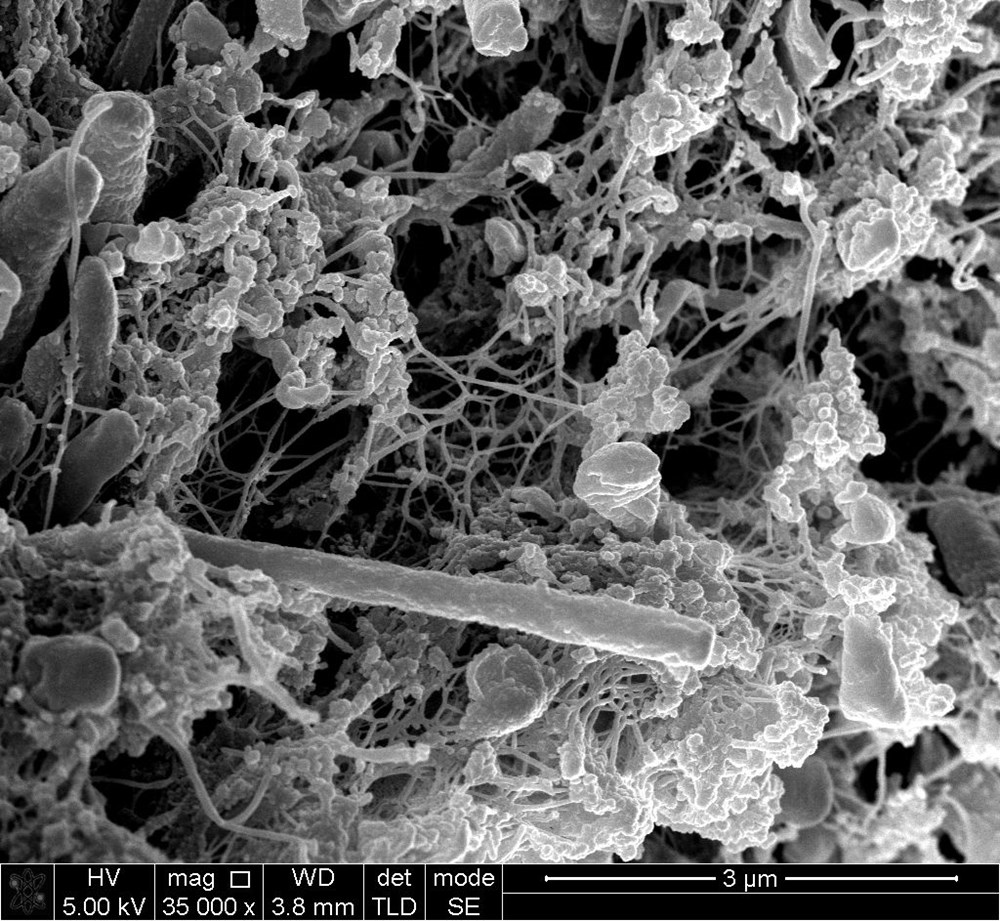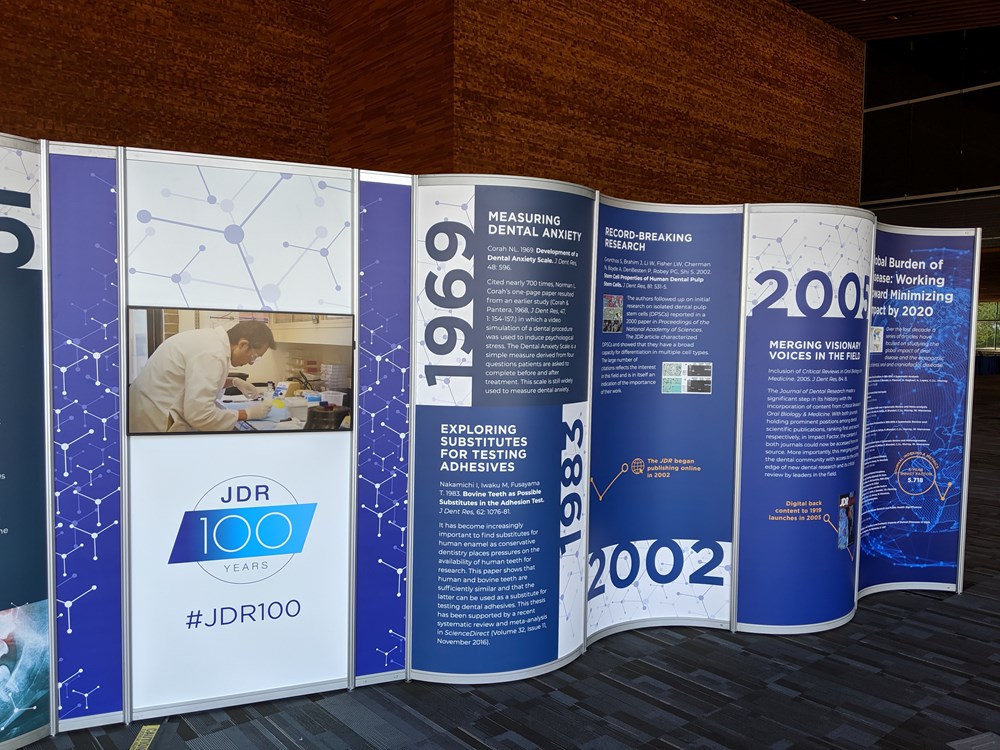Two sides of science: life as an academic and Editor-in-Chief
When I first started on the academic career path, I thought it would be a straightforward job, hiding in an office writing grants and papers, and emerging occasionally to manage a research group or deliver undergraduate teaching. How wrong I was!
There are so many other opportunities out there – engaging with industry, the public or with learned societies such as Applied Microbiology International, to name just a few. I realised how important and rewarding it is to read and critique other people’s work, seeing different approaches and learning new subjects. This curiosity led me to my second current role, as Editor-in-Chief of the Journal of Dental Research. Here, I will share some tips from my own experience juggling complex, but complementary, roles as an academic and a journal editor.
Academia and academic publishing
As an academic, I have focused my research efforts on microbial biofilms and their relevance to human health. Since my first postdoctoral position, I have worked in dental schools and institutes, moving through the ranks to Professor of Oral Microbiology at Newcastle University. My current research focuses on the oral microbiome, the biofilm matrix and intermicrobial interactions. When the COVID-19 pandemic broke out, this extended out of necessity to include the distribution of bioaerosols in dentistry, which provided urgent data to help our dental clinics reopen safely.

Alongside my research, I have always enjoyed reading and reviewing papers, a skill that is often undervalued in universities. I jumped at an opportunity to edit a book on ‘Oral Microbial Ecology’, when invited by Horizon Press, and published it in 2013. Building on this experience, I became a features editor for the Microbiologist, where I continued to commission and edit articles. This experience was excellent preparation when the opportunity came along to become an Associate Editor at Oral Diseases and later at the Journal of Dental Research, where I was heavily involved in the journal’s centennial celebrations in 2019. I delved into the archives to extract historical excerpts that were published as monthly articles throughout the year and became the focus of a display at the International Association for Dental Research General Session. I became Editor-in-Chief in April 2020, which was an interesting time to take on the role as global lockdowns left scientists stuck at home writing papers. Our submissions were twice the standard level for my first four months in post!
Potential pitfalls for aspiring editors
Editing takes a significant amount of time and effort. Like many roles, it is a good idea to start with a relatively small project. For me, editing a book and the Microbiologist taught me how to communicate with authors. Feedback is a critical part of the process, but one that needs to be delivered carefully and tactfully with respect for the time and effort that authors have expended on papers. As an Editor-in-Chief, I screen over 1,000 papers per year, and I have to reject many of them without peer review. Inevitably, some authors are discontented with the outcome and the editor can be a target for their ire. A certain amount of resilience and diplomacy is required to handle these issues. However, it is also important to stand firm where necessary to ensure that publication is fair for all.
The rewards of the roles
Although juggling two roles gets busy at times, it is immensely rewarding. Each role supports the other and I am constantly learning. Reading and editing undoubtedly helps my own writing and presentation, while academic teaching and research keeps me up to date with the field. One of the key benefits of science is the ability to network with colleagues from all around the world, which has become even easier as we have all adapted to a more virtual world. My role as Editor-in-Chief of an international journal has provided even more opportunities to work with outstanding scientists and colleagues from all parts of the world.
What skills are most useful and how can they be developed?
With two roles, time management and prioritisation are clearly important. There are many books and training courses that can help with these, but a certain amount comes down to finding systems that work for you. Clear communication is essential in science. It is always a good idea to seek feedback on drafts of papers and grants, since this is a great way to learn how to get a message across. Equally, be prepared to give feedback to others. This will not only help them but will benefit you by practising your critical thinking skills.
How do you become an editor?
There are various routes into editing, and more senior roles are often advertised. To be competitive, you will need to build experience through peer reviewing and publishing your own papers. Building a network of collaborators through talking to colleagues at conferences and engaging with learned societies is also important. You can write to chief editors asking to be considered for peer review or included in editorial boards. If you perform the role well, this can lead to becoming an Associate Editor, either through invitation or application. The Associate Editor role provides experience with sending papers for peer review and overseeing the review process, which is also a key part of being an Editor-in-Chief.
Can you recommend any other good sources of advice?
If you are interested in academic publishing and editing, look out for training opportunities from journals and publishers. Many of the larger scientific publishers are now offering training in peer review as well as authoring. The Web of Science Academy has e-learning on various aspects of scientific integrity and peer review. Some journals will allow more senior researchers to jointly review with an early career researcher in the group. At the end of the day, the best way to learn is always to get involved. Good luck!




